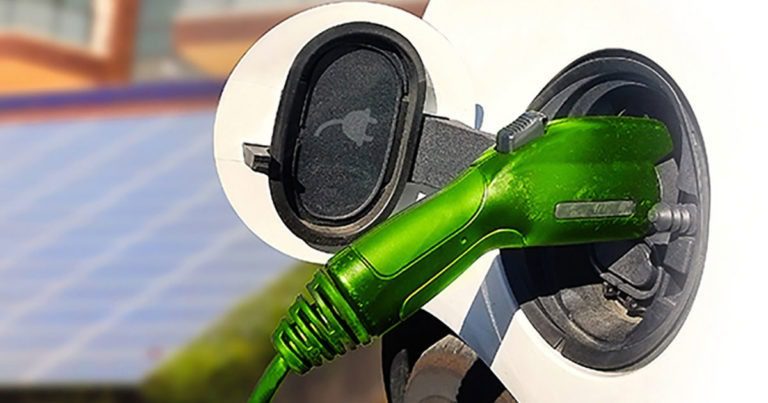Blog Post
Electrifying Your Fleet: What to Include in Your Fleet Policy
By Shonn Glenn
July 15, 2021

Electric vehicles are an important part of the future state of mobility. If your organization is currently utilizing or planning to incorporate alternative powertrain vehicles in your fleet, there should be a detailed section in your fleet policy that speaks to charging requirements, energy reimbursement, usage and more. Below are some areas the Wheels fleet consulting team recommends to clients.
Vehicle Eligibility & Reassignment
Think about all the factors that may be involved, such as vehicle cost, tax implications and driver’s role. To start, EVs might be viewed as a more prestige vehicle. If there are situations where the operator is eligible for an EV, you should also include situations where they may become ineligible.
For example, if they move from a house to an apartment where an individual at-home unit cannot be installed, does that EV get reassigned? Or if your company requires EVs, be sure alternative charging options are clearly outlined if there is no access to home-charging. Your policy should also include details about what to do in case the vehicle needs to be reassigned.
Home Charging
Installation and energy expensing: Consider who will handle the payment of the charger and installation. Will this come out of the fleet budget? Will your company take on this expense or are you expecting the driver to handle? Note that if you are serious about EV adoption within your fleet, you may want to consider absolving the driver from this responsibility as it may deter them from selecting an EV as an option.
Reimbursement limits: There are times installation may not be as straight forward as you think, which is why it’s important to set expectations up front for additional expenses that may occur during installation. Examples: asbestos abatement and drywall and/or paint repair. In addition, you’ll want to set parameters around charging units or electrical panel upgrades.
Hardware appearance: Some people have a very specific vision on how they want their home and the items in it to look. In your policy, you should make it clear what the driver can expect about the look of the hardware and surrounding areas, if necessary. Wiring and conduits may be visible, and the charger may be installed in a location that isn’t where the homeowner prefers yet is preferred from a cost or safety viewpoint.
Charger ownership: If the drivers leave the organization, consider who is responsible for the charging systems. Some companies are letting the driver keep the charging unit while others want it kept with the vehicle, similar to how fuel cards are handled. In this case, a professional de-installation is worth considering for the safety of your former employee. Either way, you will want to clearly state your expectations.
Electricity Reimbursement
Address all aspects: The best way to reimburse a driver for their electricity use is a highly discussed, and debatable, topic. Whether your fleet program includes leased, reimbursement or a combination, you’ll want to adopt a solution for all situations that works best for your organization. You’ll need to address home, public and workplace charging. Your policy should also address personal versus company-time charging.
Taxable benefit calculations: Neither the IRS nor CRA has made a change specific to charging a company vehicle at home. So, we advise consulting with your payroll and HR teams regarding your plans, then update your policy accordingly.
Branch Site / Location Charging
Discuss energy needs with your facilities groups. Sites where EVs “sleep at night” will need sufficient energy to charge the vehicles at that site. Additionally, you want to be sure all these vehicles start their day with a full charge. Outlining these expectations within your policy ensures your vehicles will start their day with maximum range. We recommend starting these discussions early to ensure you are aligned with your different partners, such as the dispatch coordinator and site manager.
Operator Behavior
Charging an EV is a learned behavior. In many ways, operators need to unlearn the behaviors associated with fueling an ICE vehicle. It is common practice for people to wait until their tank is almost empty before refueling. Best practices are very different with an EV. Until mass adoption is achieved, charging locations will not be as prevalent as gas stations. Make sure your policy clearly states charging best practices to avoid battery issues, roadside events and high charging expenses — due to charging during peak times.
Up Next